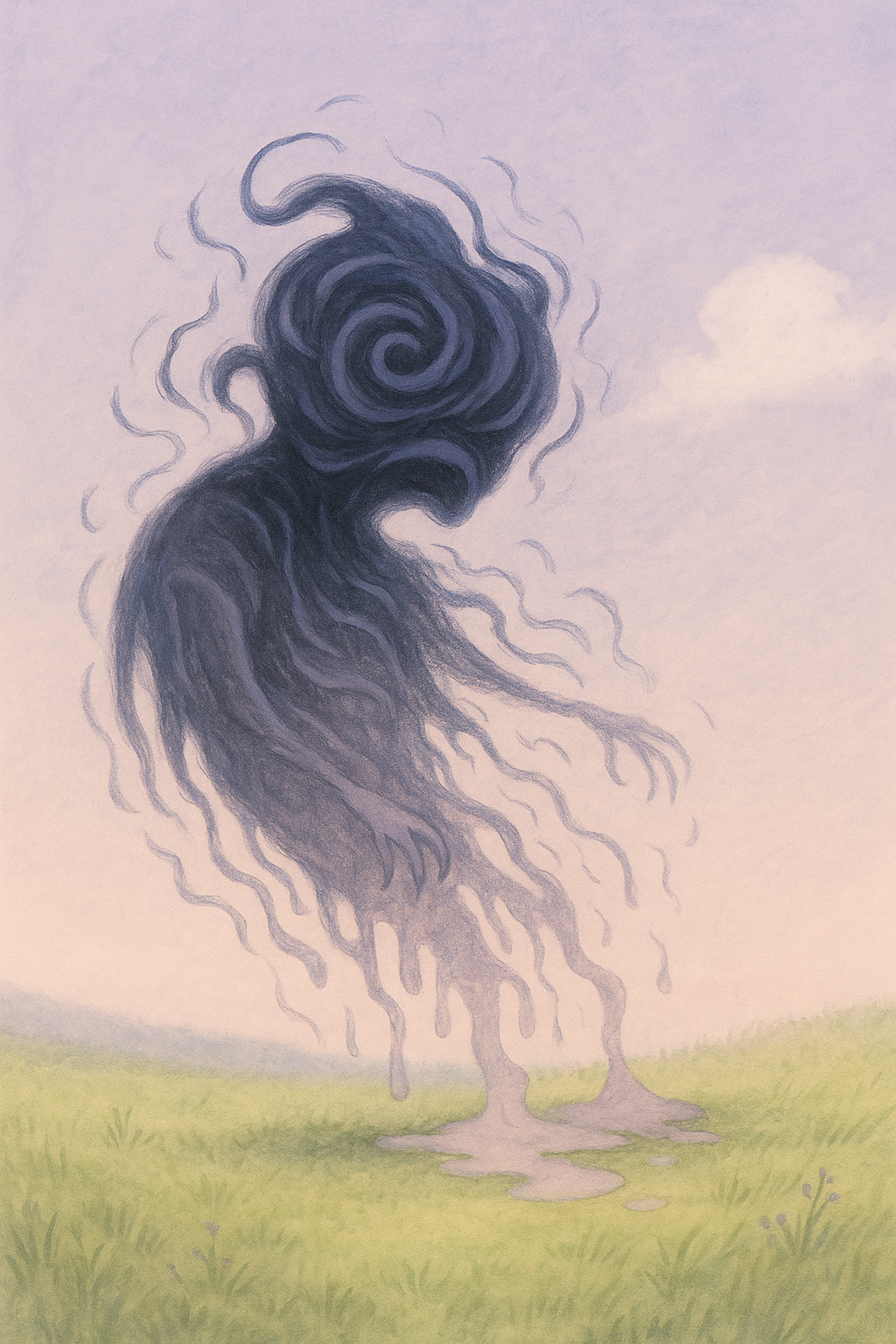I think the biggest enemy in samatha-style breath meditation (ānāpānasati) is the wandering thought. This is because the five hindrances—sensual desire, ill will, sloth & torpor, restlessness & regret, and doubt—mostly manifest themselves in the mind in the form of ‘thoughts.’ (Although I’m not sure if all five hindrances necessarily manifest as thoughts—especially in the case of sloth and torpor, it doesn’t seem to be so.)
Recently, I’ve been enjoying the writings of Ṭhānissaro Bhikkhu, and his meditation guide, [ WITH EACH & EVERY BREATH ], introduces five strategies for dealing with distracting thoughts. One of them is the method of “starving distracting thoughts by ignoring them.”
If the thoughts still keep chattering away, make up your mind that you’ll stay with the breath and simply let the thoughts chatter away in another part of your mind. They’re like stray dogs: If you give them any attention, they’ll keep pestering you. They’re like crazy people: Even if you try to chase them away, they’ll know that they’ve gotten to you… So you just ignore them.
Sometime last year, I had an experience where, despite delusions and anger boiling over, I was able to finish a meditation successfully. My attitude at that time was one of complete ‘letting go,’ precisely in the manner of, “Okay, whatever happens, happens. If I die from suffering, so be it.”
Looking back, I think that attitude of “let it be” was a form of the ‘ignoring’ that Ṭhānissaro Bhikkhu speaks of. As soon as I completely gave up the attempt to eliminate the delusions and anger and just let them be, they could no longer find the ‘food’ to torment me and simply died out from their own exhaustion.
I’ve decided to use this strategy in every meditation session until the end of this month and will post again with the results.


답글 남기기